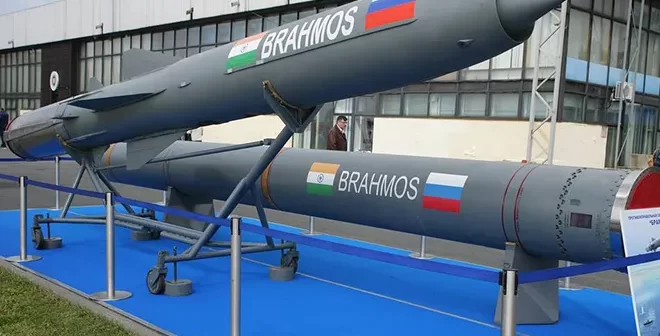India, once a major importer of defense equipment, has witnessed a remarkable transformation in its defense sector over the past decade. This shift is evident in the country’s growing prowess in indigenous weapons development and, more significantly, its burgeoning defense exports. This article explores the rise of India’s defense exports in the last ten years and delves into the strategic motivations behind this shift, highlighting that profit generation is not the primary objective.
The Landscape a Decade Ago: Reliance on Imports
Prior to 2014, India heavily relied on foreign imports to fulfill its military equipment needs. According to data from the Stockholm International Peace Research Institute (SIPRI), India was the world’s largest importer of conventional arms between 2014 and 2018, accounting for 13% of the global arms import market [SIPRI arms transfer database]. This dependence stemmed from a historical lack of investment in domestic defense manufacturing capabilities.
A Decade of Transformation: Policy Shifts and Indigenous Development
The year 2014 marked a turning point. The Indian government, recognizing the strategic and economic advantages of a robust domestic defense industry, initiated a series of policy reforms. These reforms aimed to streamline export procedures, encourage private sector participation, and prioritize indigenous defense development. Initiatives like the “Make in India” program further bolstered these efforts by promoting technology transfer and foreign investment in the Indian defense sector.
The focus on indigenous development yielded significant results. India’s Defense Research and Development Organization (DRDO) has made considerable strides in developing advanced weaponry, including fighter jets, missiles, and warships. This self-reliance has not only reduced dependence on foreign imports but has also positioned India as a potential exporter of defense equipment.
From Reliance to Export Ambition: The Numbers Don’t Lie
The data reflects the dramatic rise in India’s defense exports. In the financial year (FY) 2013-14, India’s defense exports stood at a meager ₹4,312 crore (approximately $56 million). However, by FY 2023-24, this figure had soared to a record-breaking ₹21,083 crore (approximately $2.63 billion), marking a staggering 31-fold increase in just ten years [Press Information Bureau, India]. This growth trajectory indicates India’s serious ambitions in the global defense export market.
Beyond Profits: Strategic Objectives Driving Defense Exports
While the financial gains from defense exports are undeniable, it’s crucial to understand that profit generation is not the primary driver for India. Here are some key strategic objectives that motivate India’s growing defense export ambitions:
-
Geopolitical Alliances and Strategic Partnerships: Exporting defense equipment strengthens India’s diplomatic ties with recipient countries. These partnerships foster closer military cooperation and create a strategic counterweight to regional adversaries. Supplying military equipment allows India to interoperate with partner nations’ forces, enhancing joint military exercises and promoting regional stability.
-
Self-Reliance and Technological Advancement: By exporting domestically produced weapons, India showcases its growing technological prowess in the defense sector. This not only bolsters its international image but also incentivizes further investment in indigenous research and development. A robust export market can lead to economies of scale, reducing production costs and allowing India to develop even more advanced weapon systems.
-
Creating a Sustainable Defense Ecosystem: A flourishing defense export industry fosters a self-sustaining ecosystem within India. It generates employment opportunities in the manufacturing sector, attracts foreign investment in defense technologies, and stimulates the growth of supporting industries. This not only strengthens the domestic economy but also reduces reliance on foreign suppliers for critical defense components.
Challenges and the Road Ahead
Despite the impressive growth, India’s defense export journey faces some challenges. Competition from established exporters like the United States, Russia, and France remains intense. Additionally, streamlining export procedures and navigating complex international regulations pose hurdles. Furthermore, building a robust after-sales service network is crucial for gaining long-term trust from potential buyers.
Conclusion: A Strategic Leap Forward
India’s rise in defense exports signifies a significant shift in its strategic outlook. While economic benefits are present, the primary motivation lies in achieving self-reliance, fostering strategic partnerships, and propelling the domestic defense ecosystem. By addressing existing challenges and continuously innovating, India has the potential to become a major player in the global defense export market, shaping not only its own military capabilities but also the geopolitical landscape of the region.





